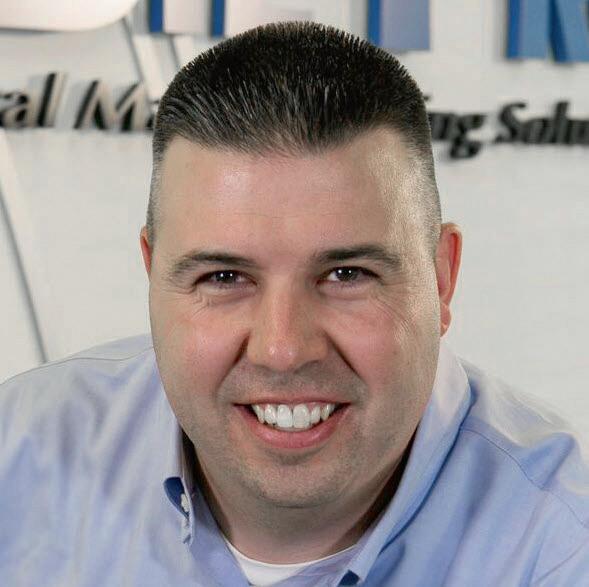SUSTAINABILITY
HOLLY GAMAGE, SENIOR DIRECTOR OF CLEAN EARTH’S FULLCIRCLE BUSINESS ADVISES HOW MEDICAL PLASTICS COMPANIES CAN BECOME MORE SUSTAINABLE AND IMPROVE BRAND PROTECTION.
Prioritize, manage, and reduce
C
onsumers are prioritizing sustainability when considering their purchase choices now more than ever, according to a recent survey that highlights how the pandemic has shifted consumer decisions to be more environmentally driven.1 Another recent consumer study revealed 70% think it is important for a brand to be ecofriendly.2 Similarly, medical plastics companies are looking for ways to reduce and recycle materials as much as possible.
however, beneficial for all parties involved, as well as the environment and consumers. Traditionally, certain unused items and those deemed unfit for sale, along with contaminated packaging, plastics and other medical industry waste streams were sent to a landfill or a disposal facility for incineration. In 2018, for example, nearly 50% of all waste in the US was sent to a landfill.3 Whether you are a manufacturer, distributor, or upstream supplier of reusable medical plastics, there are several important factors to consider when adapting to methods of effectively eliminating or reducing waste, while also maintaining a positive brand presence.
Waste reduction can mean reducing large quantities of waste at the source, meaning focusing on the initial production and design and selection of materials. Leading consumer goods manufacturers are honing in on the types of materials, such as plastics, that go into making the bottle or container that holds the goods consumers buy. By evaluating the design of historical packaging, which includes looking into the types of plastic used for the lid, bottle, pump, and so on, medical plastic manufacturers can best identify how to design products that align with sustainability goals.
AVOIDING BRAND RISK The ‘cradle to grave’ concept states that a generator is responsible for its waste at every stage, including the generation, transportation, treatment, storage, and disposal of waste. This means that if an incident happens at any point during the waste’s lifecycle, the generator will be held liable, potentially resulting in financial penalties, poor brand reputation and harm to human health and the environment. Leaders in the waste management space have a keen focus on brand protection and brand integrity, ensuring that medical devices and other byproducts that are not viable for business or consumer use avoid ending up in the wrong hands. When updated technology replaces older versions there is an overstock of supply, or materials are considered defective;
Medical plastics companies should prioritize recycling and reusing plastics and other nonviable, or unworkable, byproducts of manufacturing and distribution, meaning a secondary product resulting from a production process. When talking about byproducts, usually this means the various components of the unworkable inbound packaging and production waste. Recycling as much material as possible and building scalable, innovative programs can be a daunting undertaking. It is,
16
WWW.MEDICALPLASTICSNEWS.COM








